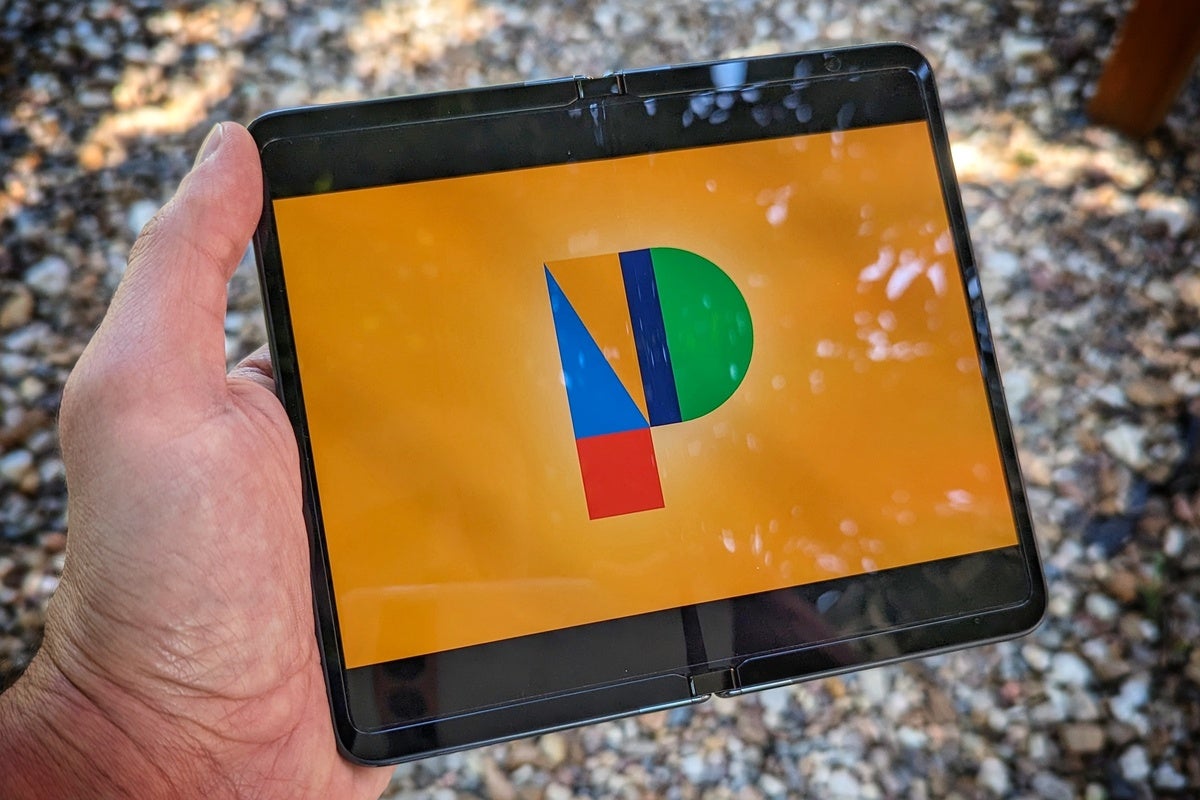If you’ve followed my mumbly mobile musings for long, you probably know two things about me:
I tend to view Google’s Pixel devices favorably, as a general rule. In fact, they’re the only Android devices I wholeheartedly recommend for most folks these days — both because of the unmatched overall user experience they offer and because of the unparalled level of post-sales support they provide.
Thus far, I’ve been pretty wishy-washy on foldable phones, as a general concept. The technology around them is wildly impressive, without a doubt, but the forms they’ve taken to date have come with some significant compromises that make it tough for me to recommend ’em as advisable purchases for most people.
So when I got my hands on the shiny new Google Pixel Fold — which officially goes on sale this week for a whopping $1,800 (!) — I was both intrigued and skeptical, to say the least.
Could a folding phone made by Google itself, with its unmuddled Android software and form-specific optimizations built in at the platform level, actually be worth buying? Or is the cool factor of the folding form mostly just a novelty still, and do the compromises the technology requires make it an impractical purchase in most serious business scenarios?
The answer, as it turns out, is complicated — and with lots of nuance that might not be the same for everyone. So rather than try to give you a tidy 10-word “to buy or not to buy” summary that makes all sorts of assumptions about your preferences and priorities, let me tell you a little more about the experience of actually using the Pixel Fold, for better and for worse.
Here are seven objective truths based on my eight days with the device — truths I hope will help you reach your own subjective conclusion about whether the Pixel Fold might be the right phone for you.
[Psst: Got a Pixel? Any Pixel? Check out my free Pixel Academy e-course to uncover all sorts of advanced intelligence lurking within your current device!]
Google Pixel Fold truth No. 1: This folding form is far better than what we’ve seen before
All software-related considerations aside for a sec, the most striking thing about the Pixel Fold — especially for anyone who’s spent any time with Samsung’s Galaxy Fold equivalents — is how shockingly sensible Google’s take on the folding phone really is.
With its similarly sized foldable phones, Samsung has to date taken the approach of creating a tall and narrow, candy-bar-like form that then opens up to show a larger, almost square-like screen surface. Google, in contrast, created a more short and squat form that unfolds to give you a wide-screen rectangle on its inner display.
But in practical terms, what really jumps out is less the inside surface and more what’s on the outside. Here’s the thing you realize pretty fast when you’re carrying a folding phone: More often than not, you end up using that outer screen. Now, don’t get me wrong: The expanded inside surface is an…
2023-06-29 18:30:02
Post from www.computerworld.com
